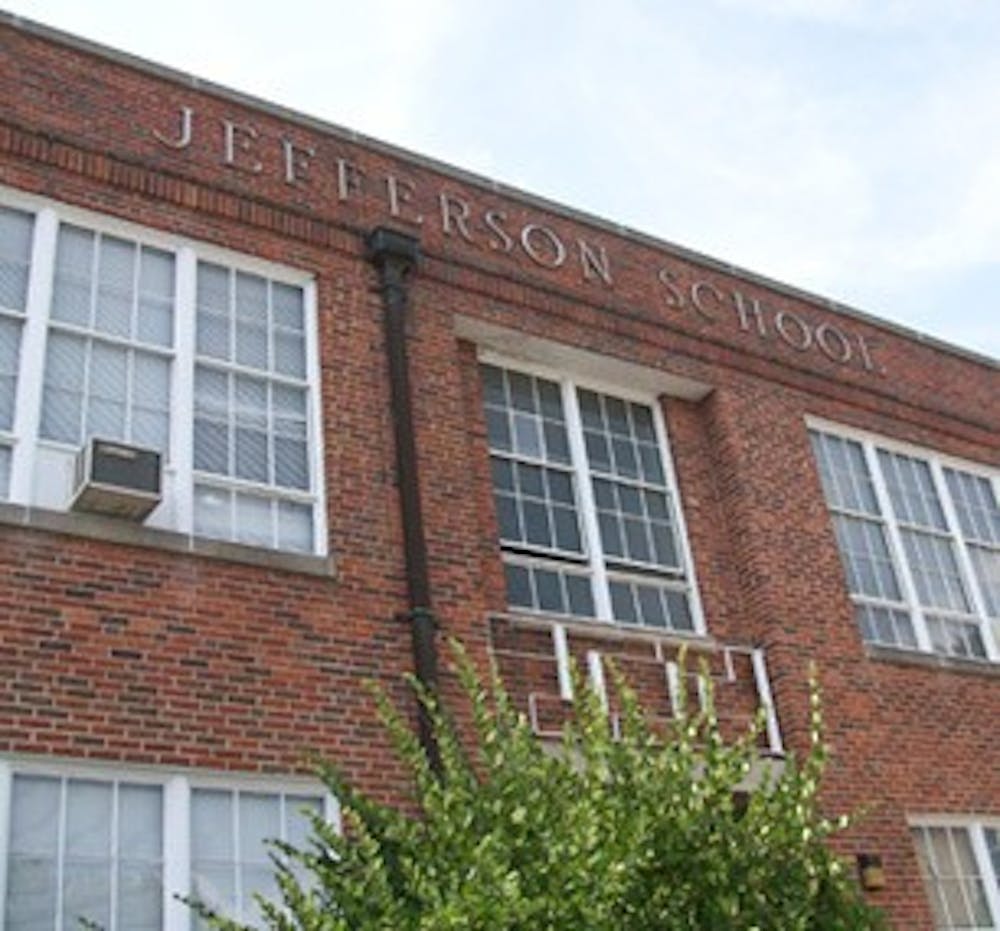The Jefferson School of African American Heritage Center announced last Wednesday that it received a grant of $34,000 from the National Endowment for the Arts to help fund a monument to Vinegar Hill. According to a press release, The Jefferson School received the grant from the NEA as part of an effort of the NEA to fund art projects across the country.
“National Endowment for the Arts Chairman Jane Chu has approved more than $82 million to fund local arts projects across the country in the NEA’s second major funding announcement for fiscal year 2017,” the press release read. “Included in this announcement is an Art Works award of 34,000 to the Jefferson School of African American Heritage Center to develop public programming in support of the Vinegar Hill monument.”
The planned monument will be located at the Jefferson School, which is near the historic location of the Vinegar Hill neighborhood. It is meant to commemorate the neighborhood, which is no longer there after it was leveled by the city in 1964.
The project is being led by the Vinegar Hill Monument Committee from the Dialogue on Race. The committee’s goal is to raise funds for the monument, which they have been doing for the past four years. Elizabeth Breeden, a committee member, said the monuments “is about ideas.”
“The monument is about the idea of urban gentrification, including people who are part of that, about the resilience of the people who lived in Vinegar Hill, about a neighborhood lost,” Breeden said. “So it is an abstract monument of stainless steel … But also with a notion … that chains are not only symbols of oppression, but are also stronger than ropes because they're linked units, so if we work together we become stronger.”
According to Charlottesville’s website, Vinegar Hill was “the city’s principal black business district and the vibrant center of the community’s social life” from the 1920s until the 1960s. In 1960, Charlottesville citizens voted to develop the area and the neighborhood was razed, despite the fact that the poll tax at the time prevented many residents of Vinegar Hill from voting.
The monument is meant to honor the history of this neighborhood.
“The community recognized that it was not only a beloved neighborhood and a neighborhood of mixed use housing, but was literally flattened without referring to the people who lived there,” Breeden said. “And the [not] referring to people who lived there was because the poll tax kept people who lived there from being able to vote because they couldn't afford the poll tax…Vinegar Hill is iconic both in the way it was leveled — literally it was bulldozed in the space of 6 months — but also that there was a black middle class that was engaged in... individually owned businesses that when they were leveled, they no longer reoccurred.”
The monument will be designed by New York City sculpture artist Mel Edwards. The cost of the monument is expected to be $302,000. The committee has raised about $20,000 before the NEA grant, and they are still seeking funding for the monument.







